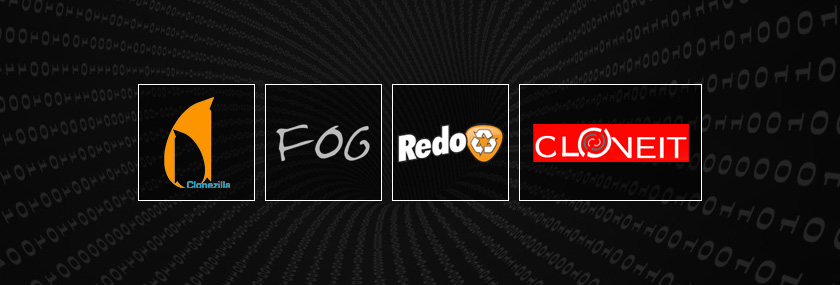
Remember the good old days of backing up computer files to floppy disks or tape – or once things got really advanced, zip disks? Unfortunately, so do we.
Thankfully, those days are long gone. Most people doing backups now use outboard hard drives or the cloud, often imaging an entire drive so that operating systems and applications are intact. However, when you’re simply upgrading to a new hard drive or replacing one that’s showing signs of impending failure, it’s much simpler to just clone the old drive to a brand-new one installed in the same machine. That creates an identical hard drive which you can use immediately; no imaging, no muss, no fuss. Cloning software makes that task a snap.
There are many commercial programs available for this purpose, like Acronis True Image, Symantec System Recovery (the new incarnation of Norton Ghost), and ShadowProtect. And learning how to use the dd command line tool can let you clone drives in a snap. But open source fans don’t have to go either of those routes; there are a number of great open source cloning programs which can do the job for home users and data centers alike.
This terrific program, based on Ubuntu and Debian, can handle both imaging and cloning in the same way that the name-brands like True Image do – it’s just open source and free. It provides nearly universal support for file systems (including all of the common GNU/Linux systems, NTFS and FAT for Windows, and HFS for Mac), and can run in “unattended mode” so you can set it and forget it. It can also copy file-by-file, if you prefer. The single machine version of Clonezilla takes a little getting used to but will quickly become second nature; the SE version is ideal for data centers and server farms because it can clone up to 40 machines at the same time.
Another imaging/cloning solution, FOG is open source and runs as a server on your network, compatible with most Linux and Windows machines (from XP through Windows 8) but not with all Macs. FOG is simple to use through an easy-to-understand web interface and works perfectly. There are no CDs or boot disks to worry about since the process is all handled through PXE and TFTP, with drivers already built into the kernel. It’s also a great tool for managing machines across a network.
This live CD can’t do everything that Clonezilla and FOG can do, but it comes close when it comes to cloning a hard drive, and is the most user-friendly of the open-source choices you’ll find, with a simple GUI. It also allows you to manage partitions, do bare-metal restores, and recover deleted files. It even has a built-in browser to let you download drivers easily. Once again, though, this tool is not Mac-friendly.
This is a real oldie but still a goodie for cloning identical PCs that are on established networks, something that’s done often in server farms or computer labs. It will work on any machines which have the exact same hardware, as the software simply copies the entire contents of the original machine’s raw hard drive. CloneIT has very few bells and whistles, but you don’t need them to get the job done.